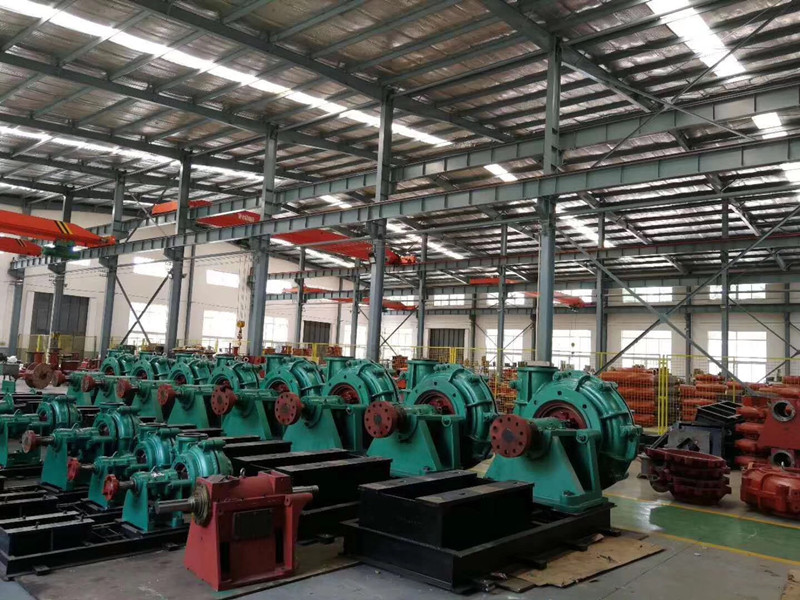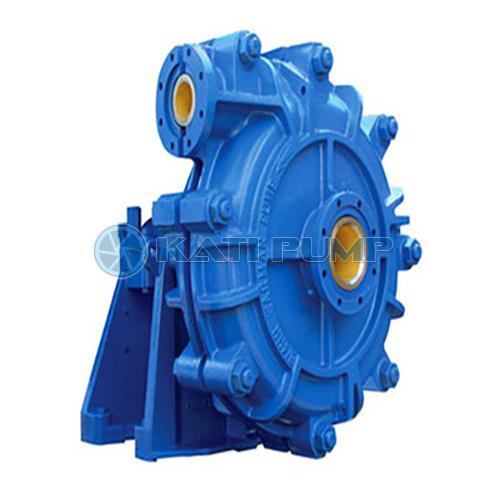More abrasive than pure liquids.
Thicker in consistency than pure liquids.
May contain a high number of solids (measured as a percentage of the total volume).
The solid particles usually settle out of the slurry's precipitate relatively quickly when not in motion (depending on the particle size).
Slurries require more energy to move than do pure liquids.
Selecting the right pump for your slurry application can be a complex task due to the balance of many factors such as flow, pressure, viscosity, abrasiveness, particle size and particle type. To determine which type of slurry pump is best for your specific application, follow these four simple steps.
Consider the following:
Particle size, shape and hardness (possibility of affecting wear and corrosion of pump components)
Corrosivity of slurry
If the exact in pump viscosity of the product is unknown, CSI can help
Is the discharge part of the pump suitable for the pumped mud?
What is the material used to build the pump?
Will solid particles pass through the pump?
How much solid damage can the customer tolerate?
What is the best sealing arrangement for the application?
This is the most important point.
The concentration of solids in the slurry — measured as a percentage of the total volume.
The length of the pipeline. The longer the pipeline, the greater the slurry-induced friction that will need to be overcome by the pump.
The slurry pipe diameter.
The static head — i.e., the height to which the slurry must be lifted in the piping system.
In order to reduce component wear, most centrifugal slurry pumps operate at a fairly low speed - usually less than 1200 rpm. Find the best position to allow the pump to run as slowly as possible but fast enough to prevent solids from settling out of the slurry sediment and blocking the pipeline.
Then, reduce the discharge pressure of the pump to the lowest possible point to further reduce wear. The correct pipeline layout and design principles shall be followed to ensure the continuous and uniform delivery of mud to the pump.

Horizontal centrifugal pumps are usually used for mud service, but vertical and other types of pumps are more suitable for some specific applications. The centrifugal pump used to treat slurry has the function tailored for specific services, which can reflect the corrosivity or abrasiveness of slurry and solid concentration. These may include the selection of materials, the use of gaskets, and even different drive sizes.
The first major requirement of slurry pump is to provide sufficient service life. The erosion and corrosion effects of mud, such as the impact of high-speed flow of liquid / solid mixture, are indeed challenging. In many applications, some solids in the mixture are larger than commonly specified particles; Therefore, the pumps should be able to pass through them without causing any damage or operational problems.
Due to these requirements, slurry pumps are usually larger than their transparent liquid pumps. In addition, it often sacrifices efficiency, that is, maximum efficiency and efficiency in the whole operation range, in exchange for the ability to operate well in these challenging services.
Although slurry pumps often focus on the size and percentage of solids to be pumped, corrosion resistance is also an important factor in material selection in many applications. In this case, the selected material must provide sufficient corrosion resistance and corrosion resistance.

• details of aggressive particles (material, size, shape, etc.);
• solid concentration;
• fluid and particle velocities;
• hydrodynamic properties of the flow (Reynolds number, etc.).
1> The slurry pumps is installed in a dirty environment full of dust. Additional precautions must be taken to seal the bearing cover and prevent the entry of liquid and dust.
2> Although slurry pumps always focus on the size and percentage of solids to move, it is interesting to remember that many of these mud applications are in services where corrosion resistance is also a factor.
Name: KATImachinery
Mobile:+86031180632344
Tel:+86031180632344
Email:info@katimachinery.com
Add:306-1 Zhongchuang building 5,No.251 Yucai street, Shijiazhuang China